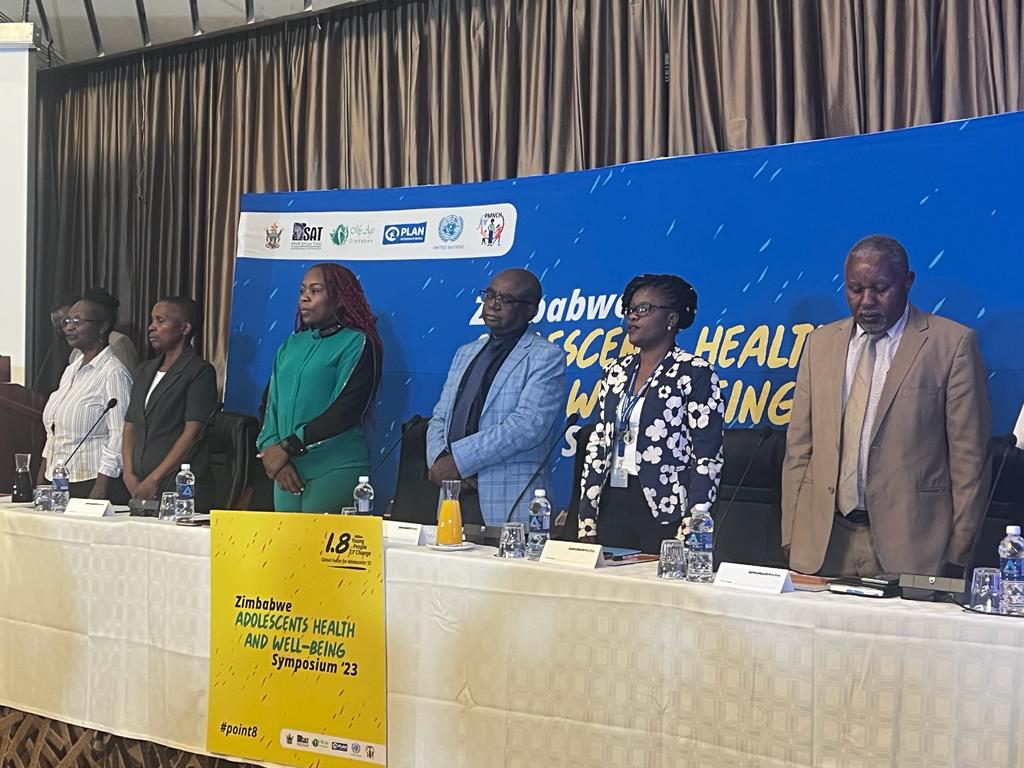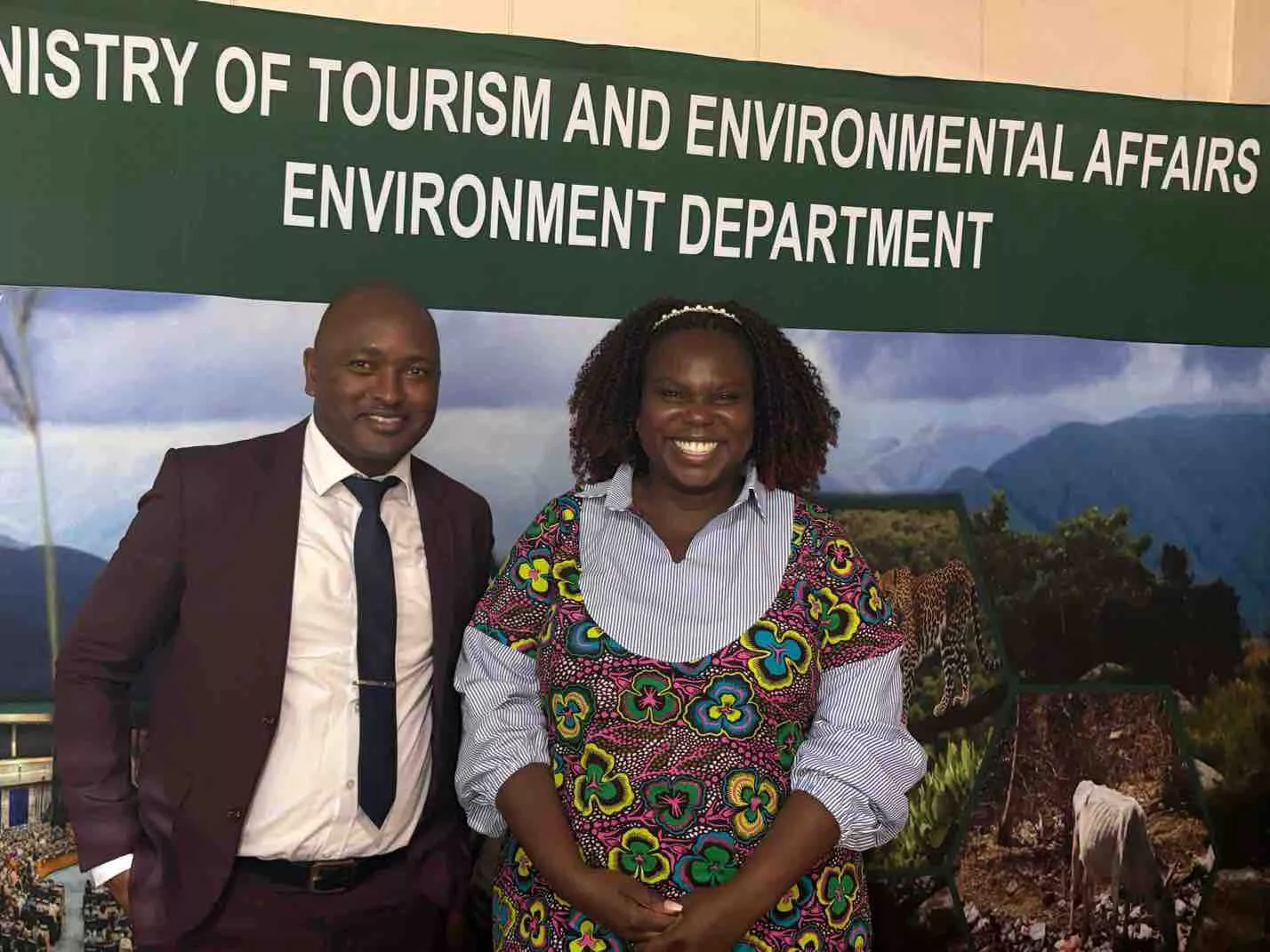The Zimbabwe Adolescents’ Health and Wellbeing Symposium has brought together stakeholders to discuss and strategize ways to ensure the health and well-being of young people.
In welcome remarks today on behalf of the Minister of Health and Child Care, Hon Dr. Douglas Mombeshora, Dr. Wencelous Nyamayaro, a Chief Director in the same Ministry, said with support from the World Health Organization (WHO) established an adolescent health flagship programme in line with the WHO first edition of the Global Accelerated Action for the Health of Adolescents guidance. The programme demonstrated the need to invest in comprehensive and evidence-based adolescent health and well-being programmes, developed in close consultation with adolescents and Youth.
Speaking on behalf of the WHO Representative for Zimbabwe, Prof Jean-Marie Dangou, Zvanaka Sithole, the WHO Zimbabwe Technical Officer for Family and Reproductive Health, said adolescent wellbeing is interlinked with the attainment of SDGs.
She said with 1.2 billion people aged 10-19 years, the world currently has the largest adolescent population in human history.
“For years, the unique health issues associated with adolescence have not been adequately understood and, in some cases, ignored. Adolescent mental health and well-being were often overlooked, but that has now changed. Adolescent health and development were made an integral part of the Global Strategy for Women’s, Children’s, and Adolescents’ Health (2016–2030). This is because adolescents are central to everything we want to achieve and to the overall success of the “2030 Agenda”.
“Why “central”? Investments in adolescent health bring a triple dividend of benefits for adolescents now, their future adult lives, and the next. Their health and well-being are engines of change in the drive to create healthier, more sustainable societies,” she said
A thriving adolescent population fuels economic growth helping to increase productivity, decrease health expenditure, and reduce inequities across generations. Yet, adolescents face multiple barriers to accessing the knowledge, information, health-care services, and commodities they need.
This includes information and services relating to Noncommunicable diseases, injuries, healthy eating and nutrition, mental well-being, risks of tobacco and other psychoactive substance use among others. Provision of these should be consistent with adolescents’ evolving capacities, and free of stigma and discrimination.
Sithole added that the WHO recognizes several evidence-informed interventions to improve nutrition for adolescents.
According to the Lancet series on Maternal and Child Nutrition (2013), adolescent malnutrition is due to household food insecurity; inadequate feeding and care practices; and environmental factors and health services.
“Improving adolescent nutrition requires multisectoral policies and laws that both understand and consider adolescent needs An effective response must engage the sectors of food and agriculture, health, WASH, education, social protection, and others,” she added.
In a speech read on his behalf, Onward Chironda, the Executive Director of My Age Zimbabwe, said society has a responsibility to create an environment that nurtures and supports our adolescents, empowering them to make informed decisions and lead fulfilling lives.
He revealed that My Age has been engaging with other youth organizations for the past year implementing the PNMH. 1.6 Billion Campaign a campaign which was born out of the realization that the world has the largest number of young people than ever which is 1.8 billion young people. Zimbabwe is not spared as young people constitute 62% of the population.
Furthermore, Zimbabwe with support from WHO and other partners put in place an accreditation system for Adolescent Friendly Health facilities based on WHO Standards which the country adopted. This intervention positively impacted the quality of services that are afforded to adolescents who seek services at health facilities.






